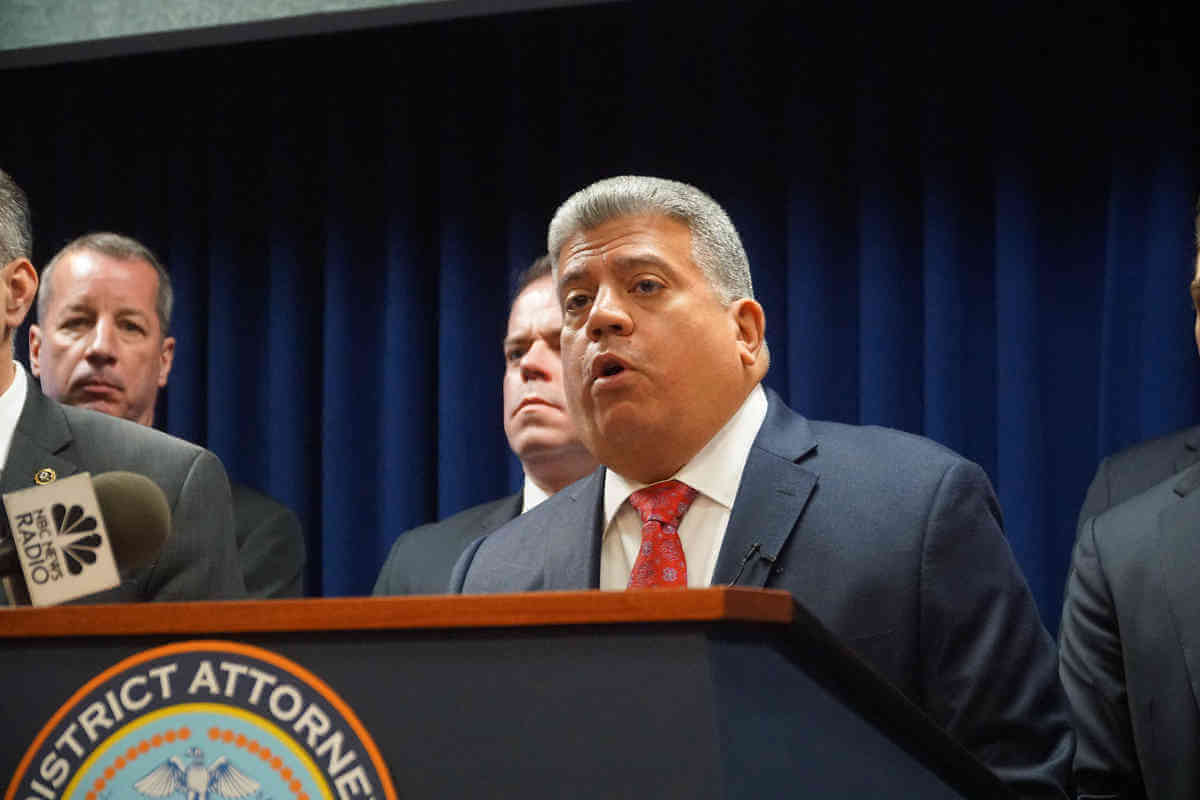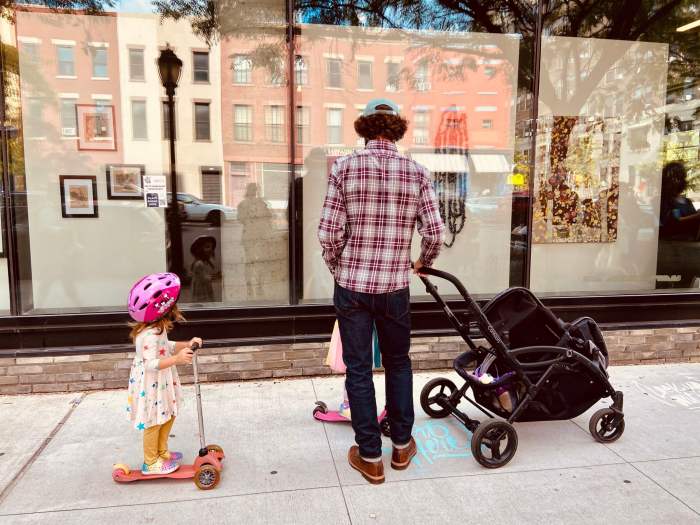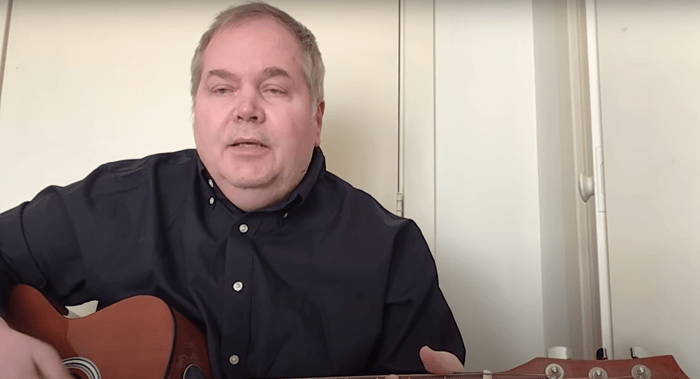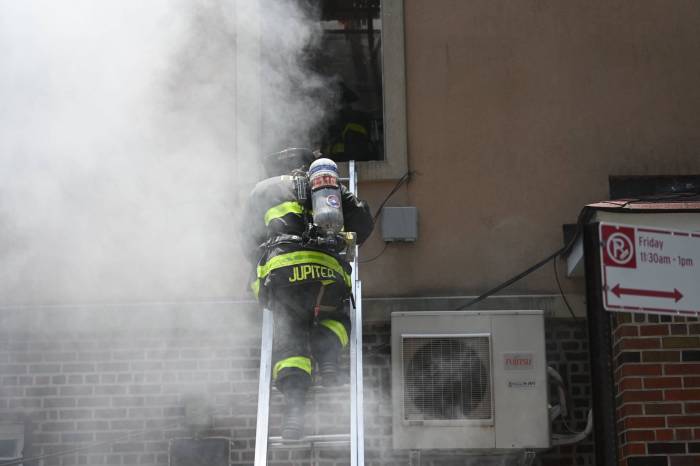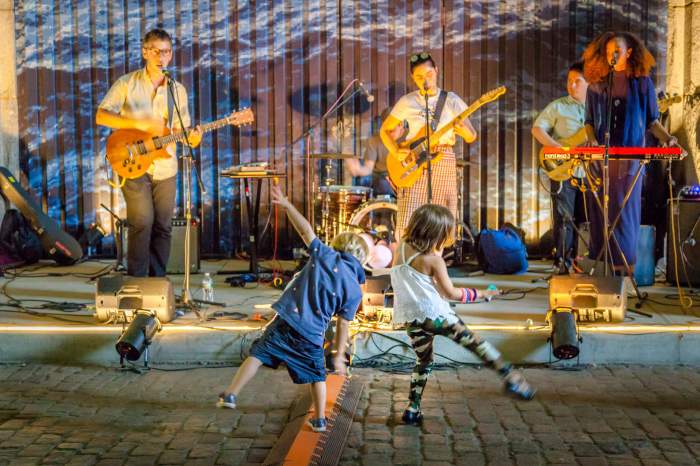Program part of a larger plan to combat gun violence this summer, DA says
Brooklyn District Attorney Eric Gonzalez plans to launch an ambitious pilot program to provide those identified as at-risk of gang violence with targeted city resources and services and, after months of what he deems “restorative justice,” have rival gang members sit down with one another and agree to lay down arms.
Project Restore, as the program is being called, would be the first of its kind in a major American city, Gonzalez says, and is based on the DA’s oft-stated guiding principle that neighborhood violence can be reduced by identifying a small number of individuals responsible for or at risk of committing violent acts. In the case of the latter, that includes state interventions with resources and services to support a life outside the criminal justice system.
“This group, leadership in the gang life, will lay down the guns and agree not to shoot at their rivals anymore,” Gonzalez said in an exclusive interview with Brooklyn Paper. “It’s outstanding because it’s never been done this way, there’s never been this concerted effort to get rival gangs at the table and work it out.”
The pilot program is part of a new plan from the DA’s office to combat gun violence this summer and beyond, which also includes a new $2.7 million “digital evidence lab” and a new unit specifically to disrupt the manufacture and distribution of ghost guns.
While the digital evidence lab and the ghost gun unit are both already up-and-running, Project Restore is still in its planning stages and it’s unclear when it will start. But planning is well underway: the pilot will take place in Bedford-Stuyvesant, the DA said, and participants will be those police and violence interrupters say are suspected of gang affiliation and considered most at-risk of gun and gang violence.

The program is funded with $2.5 million from the city, and the nonprofit Bridge Street Development Corporation is expected to helm it, with assistance from the DA, NYPD, violence interruptors, and formerly incarcerated Big Brother/Big Sister mentors. Researchers from Columbia University will also monitor the program.
The DA stressed that the program is not an “alternative to incarceration.” Rather, the participants will be those without pending matters before his office, but whom cops have identified as the most at-risk of committing violent acts.
Specifically, affiliates of two rival gangs whose leadership was disrupted by indictments last year will join the program, which Gonzalez says allows it to disrupt a “power vacuum” at the top that often leads to violence following gang takedowns.
“What we’ve seen in the past, after we do enforcement actions, the shootings stopped. We know we arrested the right people,” Gonzalez said. “But we’ve created a sort of power vacuum. The next young street gang member who wants to move to leadership sees the vacuum and that often drives more violence.”
‘What happens when you pour an investment into a young person’s life?’
The participants will, over the course of about six months to a year, get targeted interventions such as job training, social services, drug counseling, and individual and group therapy, along with mentorship from former gang members on things like conflict resolution. Gonzalez says this part of the program will be, essentially, an experiment in what happens when the state invests resources in people instead of incarcerating them; Columbia researchers will study and write a report on the findings.
“What happens when you pour an investment into a young person’s life? Does it change the predicted outcomes of these individuals,” Gonzalez said, noting they want to see if the participants obtain jobs or complete high school diplomas, for instance. “These folks have been predicted to be at the end of a gun by the Police Department, and now we want to see if we really pour enough into these people…will they have different outcomes, will they turn out not to be arrested or gang members, or a victim or a perpetrator of gun violence.”
Participation in the program is voluntary, but Gonzalez says that there’s already interest from potential members. To sweeten the deal, participants will also be paid $20 per hour for at least some of the programming, up to four hours per day.
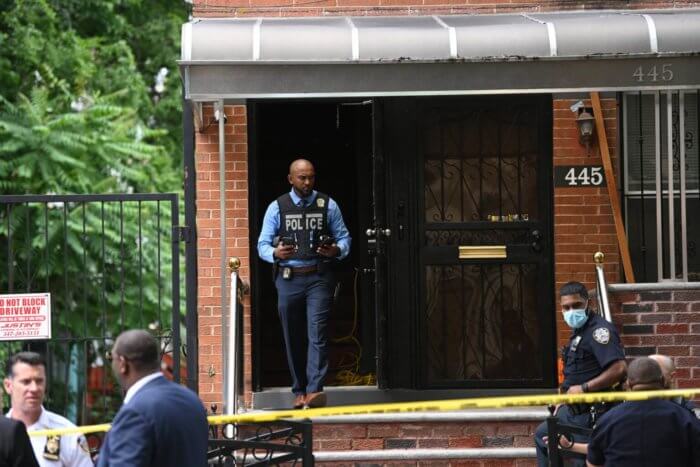
After about a year to eighteen months in the program, the participants — who until now had been separated by their gang affiliation — will be brought together by mentors and researchers with the intent of mediating a truce between the warring factions, and putting down their weapons.
Gonzalez says that the program is both the first-of-its-kind and evidence-based, essentially taking a number of existing non-carceral crime interventions — like violence interruption, therapy, job training, mentorship, and eventually reconciliation — and combining them under one roof.
“All of those things have probably happened across the country in different silos,” he said. “But no program has been ambitious enough to incorporate all of those different aspects into one program.”
Reforming the criminal justice system
Gonzalez and his predecessor and mentor, the late Ken Thompson, have pursued a number of criminal justice reforms in the past eight years, such as declining to prosecute marijuana offenses and beefing up a unit to exonerate the wrongfully convicted, with an eye towards making the justice system less punitive by default.
But the “progressive prosecutor” mold has weathered significant backlash in the past year. The reformist San Francisco DA Chesa Boudin was recently recalled by that city’s voters, while across the East River, Manhattan DA Alvin Bragg is the constant subject of “soft-on-crime” critique in the city’s tabloids; all four Republican candidates for governor say they would eject Bragg from office if elected, while GOP state legislators are working on legislation allowing recalls for DAs with Bragg specifically on their mind.
Gonzalez presents himself in the same mold, and has a record to show for it, but has not been subject to that type of nonstop scrutiny. He credits that to the downward trajectory of violent crime during his tenure, occurring in concert with reforms aimed at making the justice system more equal and less racially discriminatory.
Between 2016 and 2019, his three pre-pandemic years as DA, murders dropped by 21.9%, from 128 to 100, according to NYPD crime statistics. That trend continued even during the pandemic, with murders in Kings County dropping 14.2% and shootings dropping 20.7% between 2020 and 2021 even as they skyrocketed in other boroughs.
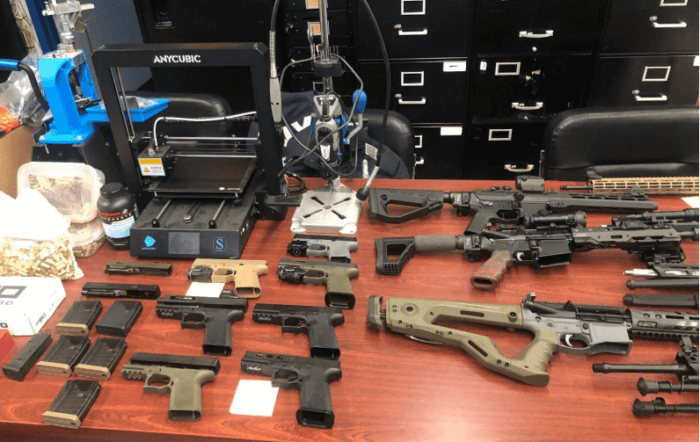
“I think the appetite for having a fair and just system has not diminished,” Gonzalez said. “As long as progressives continue to deliver for their communities in terms of reduction in crime and focusing on quality-of-life issues, they won’t be the bogeyman. But right now with a lot of the country seeing upticks in shootings and violence, people are looking for someone to blame.”
The ‘digital evidence lab’ and ‘ghost gun’ unit
With shootings expected to rise in the summer, as typically happens, the DA’s plan also touts the opening of a new “digital evidence lab” to more efficiently examine evidence on defendants’ cell phones and computers, analysis that was previously farmed out to labs run by the NYPD or FBI. The $2.5 million lab is up-and-running, and Gonzalez said that its lab technicians have already testified in 16 cases resulting in a conviction, while the lab’s work has also enabled the DA to exonerate four other defendants.
And the DA’s new “ghost gun” unit is also now in operation, aiming to disrupt the proliferation of the new class of firearms which are shipped in untraceable pieces and assembled at home by the purchaser. The unit comes after the state passed new legislation expanding the definition of a firearm to include ghost guns, which allows the DA’s office an easier time to prove probable cause to a judge and obtain search warrants, Gonzalez said.
Those warrants allow law enforcement to shut down what the DA described as illegal “manufacturing centers” for ghost guns, where the components are pieced together into untraceable firearms on an industrial scale.



